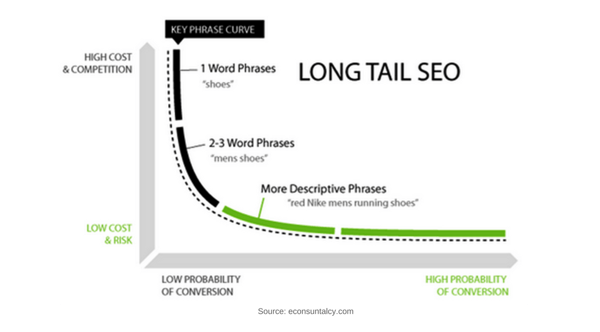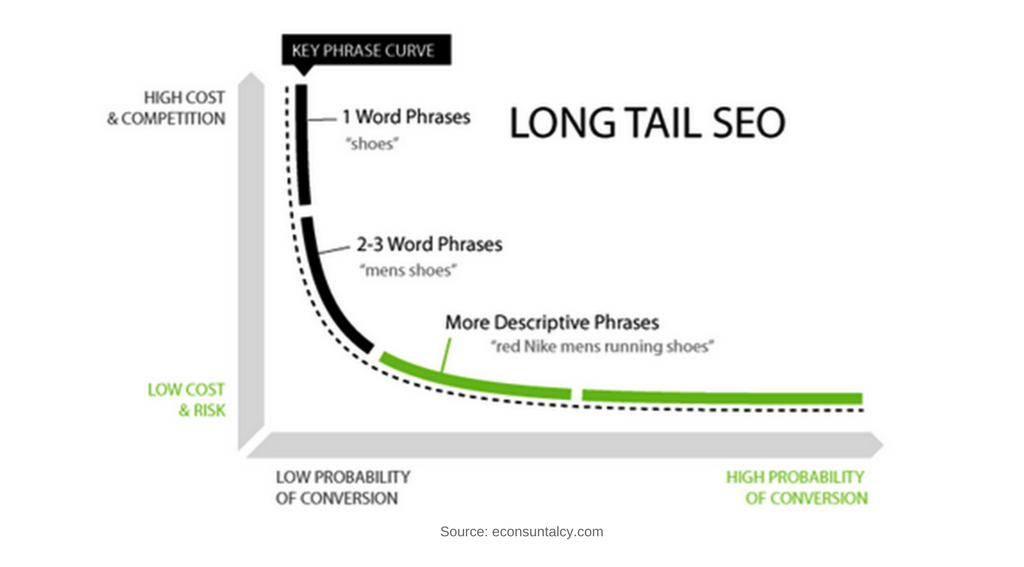
If people were all the same – talked the same way, acted the same way and understood everything the same way – building websites would be a lot easier. You could optimize your webpage and structure your search functionality around just a few phrases and everything would instantly match every visitor’s behaviour.
Sadly, this isn’t the case. In reality people act in quite unexpected ways. If you as a site owner want to provide the most relevant results for most of your visitors, you need to start with this hypothesis: We can’t know beforehand how visitors will search for our products.
100 Names for Soft Drinks
Take soft drinks as an example. In the US, the most common terms are “soda” and “pop.” If you operate an online grocery shopping website, optimizing the soft-drink section and search function for those two words would target a large portion of your visitors.
But far from everyone.
According to Wikipedia, there are several alternative names for soft drinks. In the South, “coke” is used as a term meaning all sodas, “tonic” is used in Massachusetts, Maine and New Hampshire, “drink” is used in Idaho and Utah, “cold drink” or “carbo” in Virginia and the Carolinas, and in the more rural parts of the US people often call it “soda water.”
And these are just some of the variations used in the US. On top of this we have local variations in Canada, UK, Australia, South Africa and other English-speaking countries.
Although this example is quite extreme, it proves the point that we can’t know for sure how people are going to search our website to find what they are looking for. Think about the particular field you are working in. Is there 100% consensus around the terminology?
Chances are it isn’t.
People Search Using Long-Tail Keywords
Besides the fact that people may use different terms for the same product or service, they can formulate their search queries in many different ways. Again, it’s hard to know beforehand how people will search on the website.
While some act predictably – they write “shoes” in the search field when looking for shoes – others might type “best running equipment”, “gym gear”, “blue sneakers” or something else. This is especially true when it comes to long-tail searches (queries with 2+ number of words). Sometimes people even search for a theme, perhaps a solution to a problem, rather than a particular product.
According to clicz.com, 50% of search functions today don’t understand thematic searches. If someone for instance searches for “beach” on a website selling clothes, a large portion of sites gave product suggestions that had a negative impact on customer experience. Basically, the search functions were unable to make the connection between “beach” and, say, swimwear.
According to the same study, a lot of the times when someone searched for a phrase like “a swimming costume for my holiday”, the search function couldn’t provide relevant results. It didn’t know what a holiday is.
Imagine the same thing happening in a physical shop. That’s impossible.
On-Site Search Matters for the Bottom Line
Before going into practical details about how to improve your onsite search. Let’s look at some numbers that highlight how important internal search is for ecommerce websites.
- 76% percent of online consumers thinks that findability is the most important design factor for a website (source)
- 73% of visitors will leave an ecommerce site within one or two minutes if they don’t find the products they’re looking for. (source)
- Conversion rates through site search can be up to 50% higher than the average (source)
How to Target Alternative Terms and Long-Tail Phrases
The traditional way of optimizing online search – by manually adding keywords/tags and manually directing certain searches to specific pages – is close to impossible. The work never ends and if you operate a large website, you can have an entire team just trying to keep up with the plethora of people’s search queries.
And since (some) people are irrational, and quite a few queries are searched for only once, you’ll always one step behind when doing reactive optimization.
To provide the best results possible, you need to implement a search function that is based on machine learning – a flexible solution that is able to learn how people search based on visitor’s actions in real time.
At first, the search results will be based on text matching, but as soon as more data comes in from people’s actual behaviour, the machine will learn your audience better than any human. It won’t take long before it outperforms any manual labour – and then your team can focus on growing business instead of updating Excel sheets.
The machine will of course learn alternative keywords and long-tail phrases automatically. You don’t have to research what a particular item is called around the globe or which thematic searches are tied to what product category. This data is processed automatically.
For more information on how to provide better search – and at the same time save time – see our ecommerce site-search demos and learn how to improve search dramatically.



